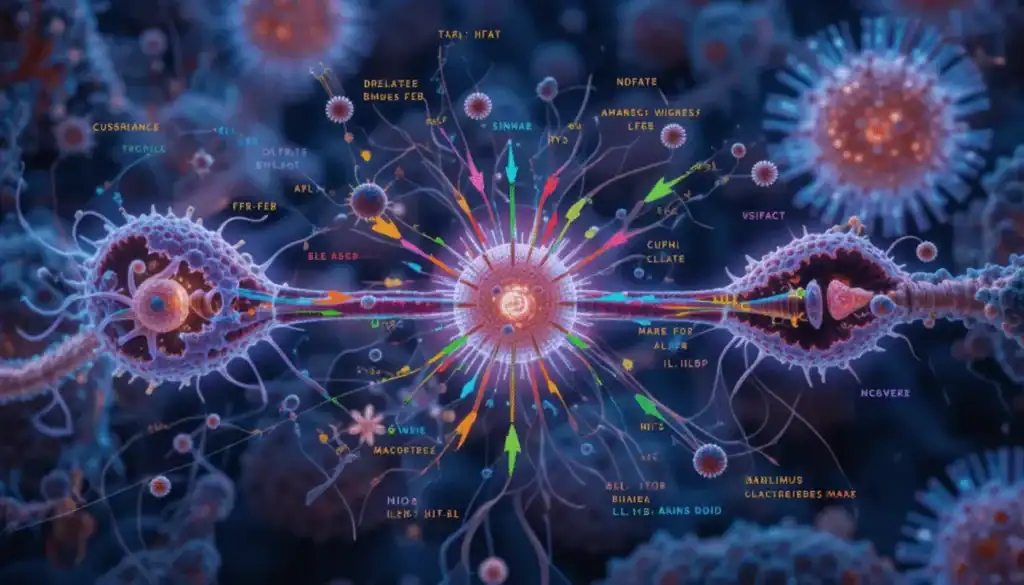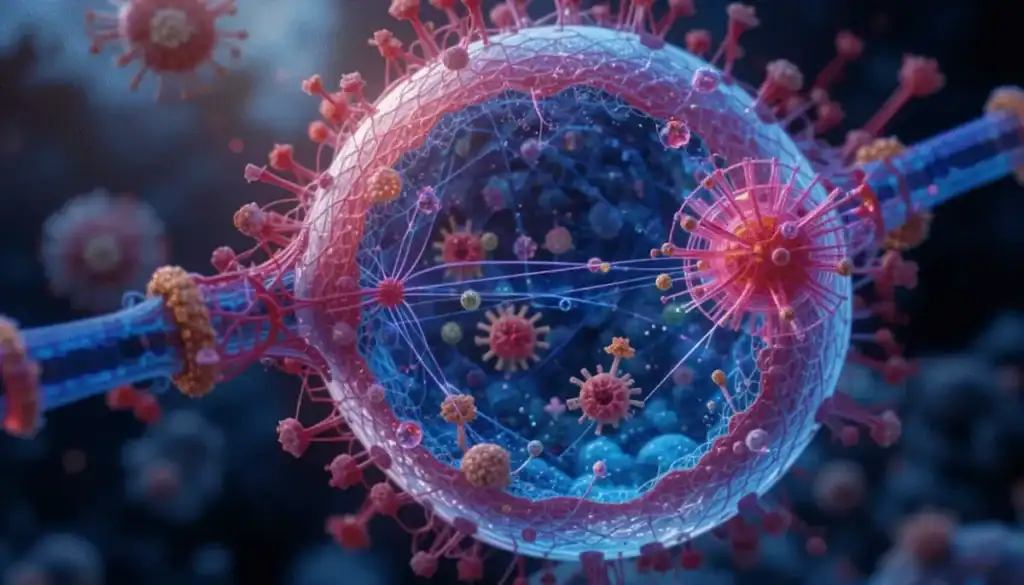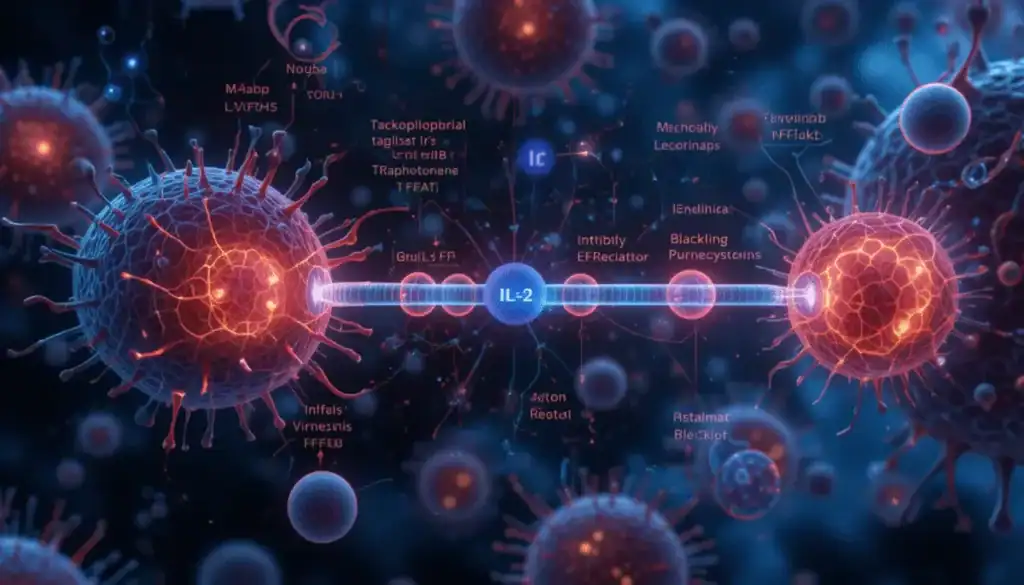In the world of clinical medicine, glucocorticoids and immunosuppressants play an essential role across nearly every specialty. From rheumatology and nephrology to ophthalmology and dermatology, understanding how these medications work is crucial for diagnosis, treatment, and managing complications.
🔬 How Do Glucocorticoids Work?
Glucocorticoids act at multiple key points in the inflammatory and immune signaling cascade, with their main mechanism being:
Inhibition of Nuclear Factor Kappa B (NF-κB)
This leads to suppression of inflammatory cytokine transcription—especially IL-2, a major pro-inflammatory cytokine.
But their action doesn’t stop there. Glucocorticoids also:
- 🧬 Inhibit phospholipase A2, blocking arachidonic acid formation (→ ↓ prostaglandins & leukotrienes)
- 🧪 Reduce platelet activating factor
- 🚷 Inhibit leukocyte migration & increase leukocyte stability
- 🧱 Reduce capillary permeability
- 🧮 Decrease expression of adhesion molecules like ICAM → leads to neutrophilia (↑ circulating neutrophils, but ↓ activity)
⚠️ Adverse Effects Mnemonic: “Glucocorticoids in Wonderland”
| Effect | Mnemonic Clue | Mechanism |
|---|---|---|
| 👁 Glaucoma | “Glu” | ↓ prostaglandins → ↓ aqueous humor drainage |
| 🍬 Hyperglycemia | “Glu(co)” | ↑ insulin resistance |
| 🦴 Osteoporosis | 3 “O”s = 3 holes | ↓ osteoblasts, ↑ osteoclasts |
| 👓 Cataracts | “C” in corticoids | Posterior subcapsular opacities |
| 🩹 Poor Wound Healing | “Wonderland” | ↓ fibroblast activity |
| 💧 Water Retention | “ER” = edema & retention | Mimics mineralocorticoids |
| 🦠 Infections | “N” = neutrophilia (but ↓ function) | Suppresses immune defense |
💉 Azathioprine vs Mycophenolate Mofetil
| Drug | Mechanism | Target Pathway | Key Side Effects |
|---|---|---|---|
| Azathioprine | Inhibits PRPP amidotransferase & AMP incorporation | Purine synthesis | GI upset, pancytopenia, interacts with allopurinol (via xanthine oxidase) |
| Mycophenolate mofetil | Inhibits IMP dehydrogenase | Guanosine synthesis | CMV infection, pancytopenia |
🔁 Interaction Alert:
Allopurinol inhibits xanthine oxidase, which impairs azathioprine metabolism → ↑ toxicity risk (esp. pancytopenia).
🔁 Summary of Immunosuppressants
| Drug | Mechanism | Key Effects | Toxicities |
|---|---|---|---|
| Cyclosporine | Calcineurin inhibitor → ↓ IL-2 | Binds cyclophilin | Nephrotoxicity, gingival hyperplasia, hirsutism |
| Tacrolimus | Calcineurin inhibitor → ↓ IL-2 | Binds FKBP | Neurotoxicity, diabetes mellitus |
| Sirolimus | mTOR inhibitor downstream of IL-2R | Binds FKBP-12 | Pancytopenia, hyperlipidemia, no nephrotoxicity |
| Basiliximab | Blocks IL-2 receptor | Monoclonal antibody | Edema, hypertension, tremor |
| Glucocorticoids | Blocks NF-κB and phospholipase A2 | Broad suppression | Full list above ↑ |
📌 Clinical Pearls
- Always monitor neutrophil count but understand the functional suppression of immune cells.
- Check TPMT levels before starting azathioprine—12% of patients have low TPMT activity.
- Avoid allopurinol with azathioprine unless dosing is adjusted.
- Watch for CMV in mycophenolate patients.
- Glucocorticoids may cause fast symptom relief, but long-term use risks are profound.
🧠 Bottom Line
Glucocorticoids and immunosuppressants act on specific molecular targets, but their effects ripple throughout the body. Knowing where they act helps you understand their benefits and their complications.
These are high-yield topics in both clinical rounds and exams—so make sure to master the pathways, memorize the toxicities, and recognize the clues.



